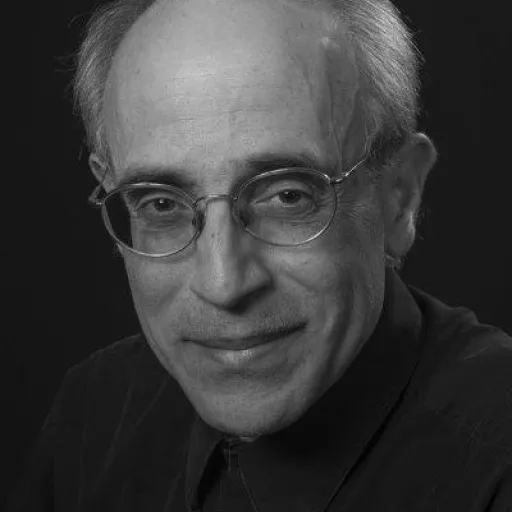To honor the thirtieth anniversary of Giorgio de Chirico’s death, the Museo Piaggio in Pontedera held a retrospective in the summer of 2008. The setting could not have been more fitting. Visitors could puzzle over such paintings as The Enigma of the Hour, The Nostalgia of the Infinite, and The Melancholy and Mystery of a Street, and also meander through exhibits of antique railway carriages, bomber fuselages, and early Vespas. De Chirico would have been delighted.
The son of a Sicilian railroad engineer, who had emigrated to Greece, de Chirico was as fascinated by modern industrial design as he was by classical architecture. Trained as a draughtsman at the Athens Polytechnic Institute, he pursued a career in Europe, where he studied German philosophy and explored Italian factories. His favorite city was Turin, whose vast squares and crooked arcades had driven Nietzsche mad. Responding to the shock of modernity in the years leading up to World War I, he created dreamscapes of the modern metropolis, at once beautiful and alienating. He also predicted the brutal and kitschy nightmare of Fascism, from which Italy has never fully awakened.
An epiphany inspired de Chirico’s paintings. “One clear autumn afternoon,” he later recalled, “I was sitting on a bench in the middle of the Piazza Santa Croce in Florence. It was of course not the first time I had seen this square. The whole world, down to the marble of the buildings and fountains, seemed to me to be convalescent. Then I had the strange impression I was looking at these things for the first time.”
Every corner, every corbel, every column, de Chirico realized, possessed a spirit, an impenetrable soul. Every window gazed at him with mysterious, questioning eyes. The statue of Dante in front of the Basilica of Santa Croce, the Temple of Italian Glories where so many artists and statesmen were buried, seemed on the verge of coming to life. The waning sun bathed everything in a strange glow. Silence and calm reigned supreme. Words could not express this enigma, only images.
De Chirico founded an avant-garde school called pittura metafisica (metaphysical art). Unlike the Futurists, who rejected history, de Chirico loved Italy’s faded classical grandeur. He sought, therefore, to capture the dislocation between past and present. De Chirico’s sense of time owed much to the French philosopher Henri Bergson. For the ancient Greeks and Romans, time was cyclical. For modern Europeans, it was linear. Once aboard the train of history, there was no getting off until the final station. All human yearning and sadness come from the perpetual disappearance of the present. We cannot hold time still no matter how hard we try. All things glide unstoppably into the past, where they can never be retrieved, only imperfectly remembered.
De Chirico, however, was a scientist as well as a mystic. Einstein had taught him that time was irrevocably related to space. Accordingly, he explored the dislocation between human subjects and the space they inhabit. His hallucinatory style results from irrational perspective, the lack of a unified light source, and the elongation of shadows. Bounded by arcades or classical façades, ordinary Italian piazzas are transformed into ominously silent and vacant settings for invisible dramas. These disjunctions in time and space provoke anxiety and nostalgia.
De Chirico’s eerie cityscapes remove ordinary figures and objects from their familiar contexts to reveal inner life and meaning. Buildings, monuments, trains, smokestacks, sunglasses and mannequins are juxtaposed in bizarre associations. Prominent urban landmarks—Ferrara’s Castello Estense, Milan’s Galleria Vittorio Emanuele, Rome’s Tempietto di San Pietro in Montorio, Turin’s Mole Antonelliana—become signposts in the Twilight Zone. Submitted for our approval, even ordinary biscuits are imbued with occult meaning, communion wafers in a world haunted by the death of God.
De Chirico speaks in the symbolic language of dreams. Like a demented fortune-teller, he lays out vivid and bizarre cards and forms occult patterns on a flat table. Statues of classical goddesses or equestrian officers are truncated or hidden in growing shadows. Outskirts touch the edge of vast, inhospitable deserts, but the city itself is desolate. Streets are empty, arcades abandoned. Nobody loiters, strolls, or browses. Perhaps everyone is taking a siesta. Perhaps they are going crazy behind closed doors.
Or perhaps they are hiding from a dictator.

